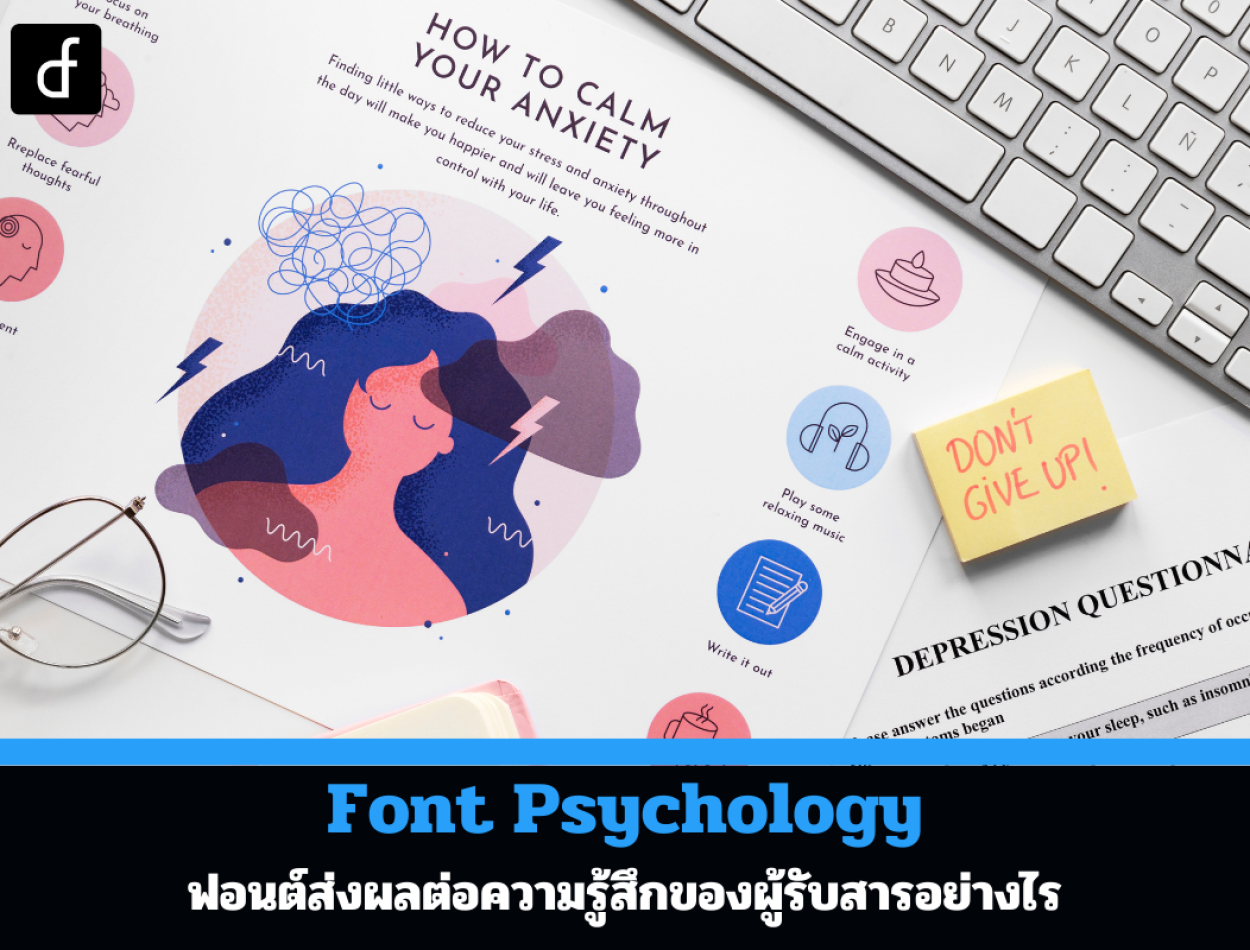
"Font Psychology" How does font affect the feelings of the audience?
2024-10-10 09:18:31
Fonts are an element that can significantly affect the perception and feelings of website visitors or recipients. Each font has its unique characteristics that can communicate emotions, feelings, and the brand or content's image. Whether it is a formal font, a friendly font, or a font that conveys luxury, choosing the right font is crucial in creating a feeling that aligns with the message intended for the recipient. In this article, we will delve into "Font Psychology" and how different fonts affect the emotions and feelings of the recipients.

Serif fonts: Convey a sense of formality and classic elegance.
Serif fonts are characterized by "tails" or "serifs" that extend from the letters, such as Times New Roman or Georgia. These fonts are often used in newspapers and formal documents.
Emotion and feeling: Serif fonts convey reliability, stability, and professionalism, making them suitable for formal organizations, academic centers, and brands that aim to instill confidence in consumers.
Appropriate usage: Suitable for academic content, news articles, or website designs that require a formal and classic emphasis.
Examples of popular fonts: Times New Roman, Georgia, Garamond
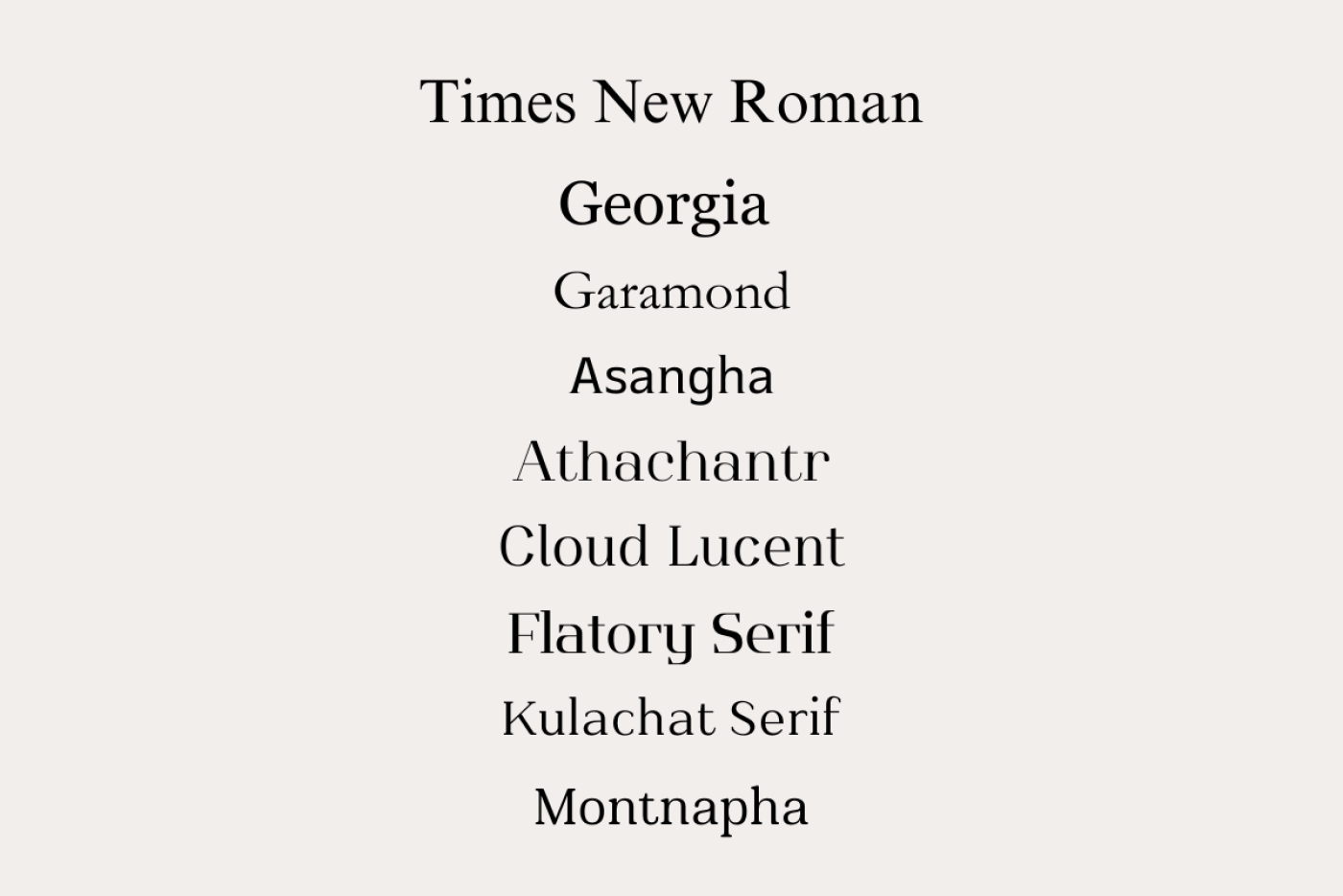
Sans-Serif Font: Modern and Simple
Sans-serif fonts do not have tails extending from the letters, making this type of font look modern and clean. Popular examples of these fonts include Arial, Helvetica, and Calibri.
Mood and feeling: Sans-serif fonts convey modernity, transparency, and simplicity. They are often used in content that emphasizes friendliness and accessibility.
Appropriate usage: Suitable for modern websites, technology content, and designs that require cleanliness and user-friendliness.
Examples of popular fonts: Arial, Helvetica, Calibri
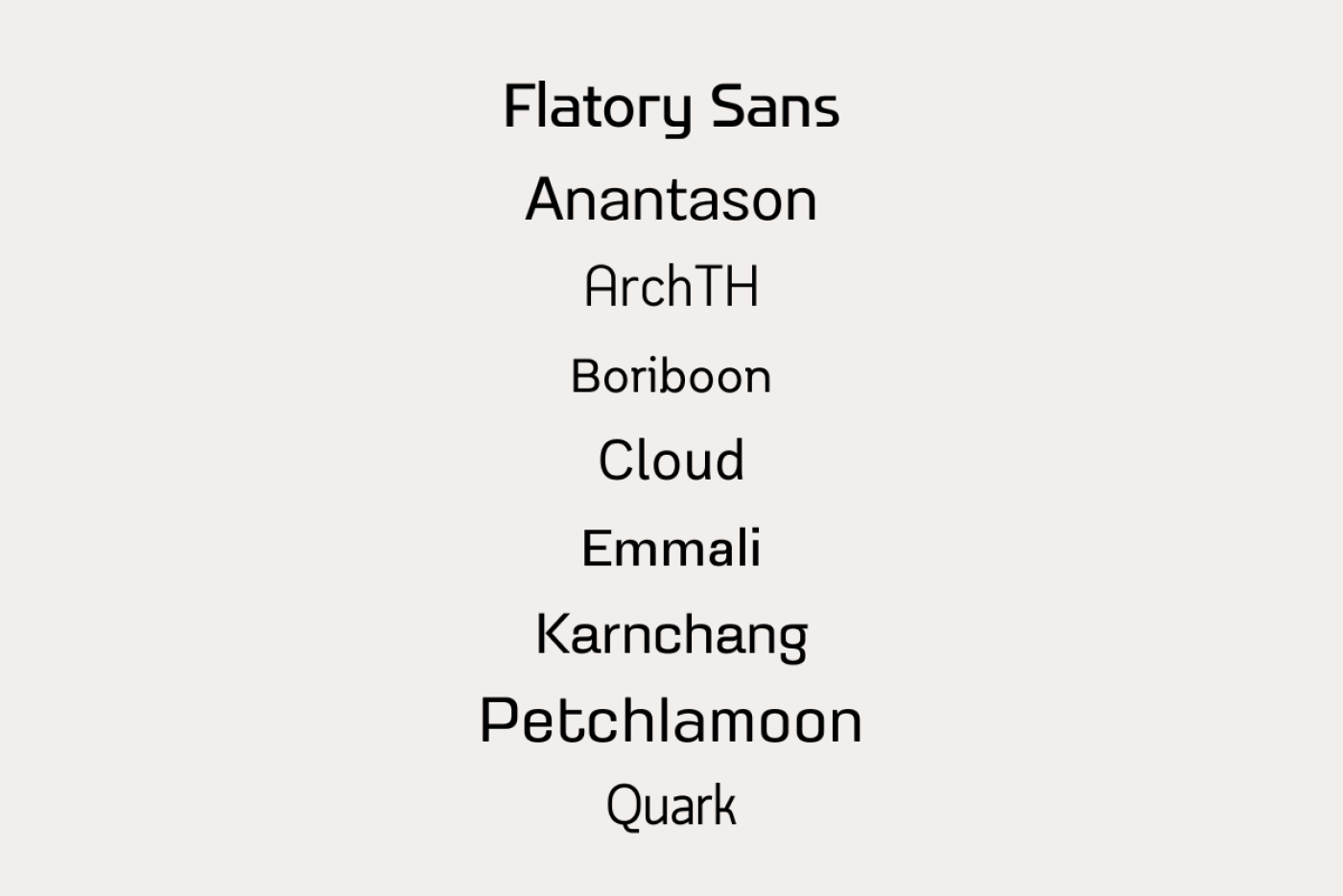
Script font: Graceful and conveys elegance
Script fonts have characteristics similar to handwriting or calligraphy, such as Brush Script or Lobster. These fonts are often used in decorations or in designs that require elegance.
Emotion and feeling: Script fonts convey luxury, gentleness, or a personal touch. They are often used in designs that aim to create a delicate emotional atmosphere, such as wedding invitations or beauty products.
Appropriate usage: Suitable for logo design, luxury brand products, or printed media that require exquisite beauty. However, it should not be used in the main content as it may make it difficult to read.
Examples of popular fonts: Brush Script, Pacifico, Lobster
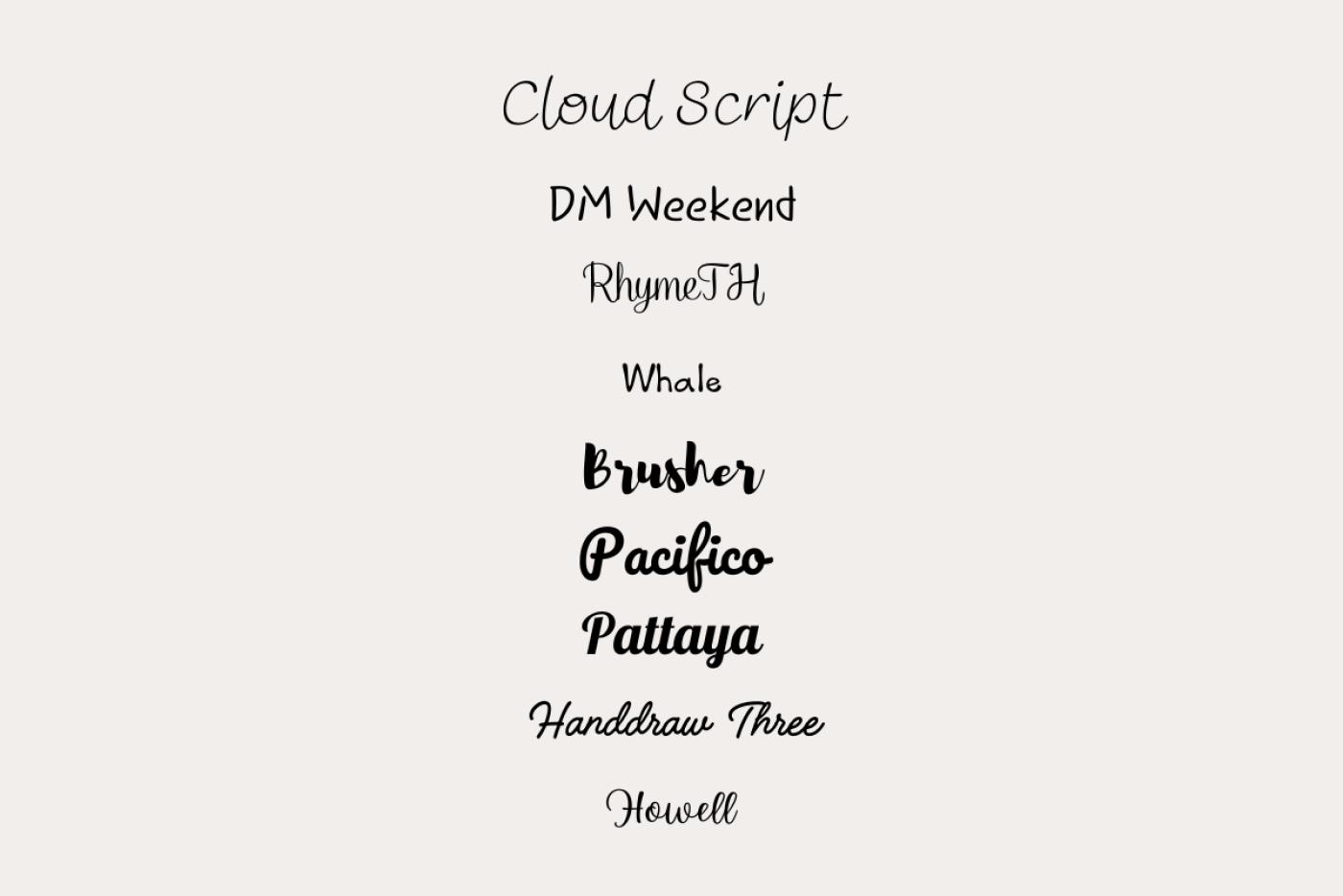
Display fonts: Create a distinctive and fun atmosphere
Display fonts have special characteristics that make them stand out, whether it's bold, italic, or an unusual design. These fonts are often not suitable for long texts but are perfect for grabbing attention, such as headlines or logos.
Mood and feeling: Display fonts convey creativity, fun, or distinctiveness, making them suitable for designs that require novelty and focus on creating a strong first impression.
Appropriate usage: Suitable for use in topics or brand logos, especially for brands that want to create a modern and distinctive image.
Examples of popular fonts: Impact, Bebas Neue, Playfair Display
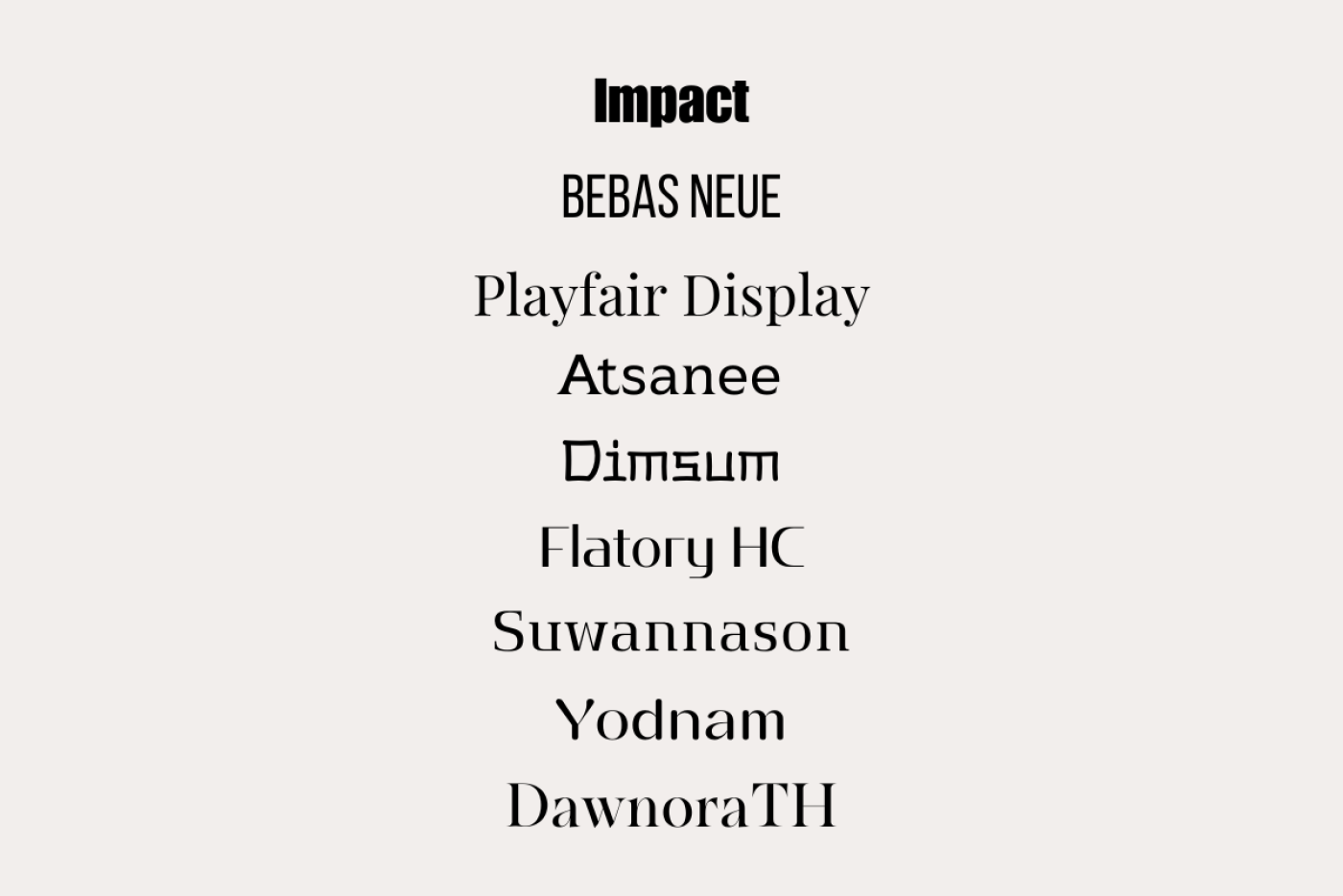
Monospaced fonts: convey coolness and orderliness
Monospaced fonts have the characteristic that each character has the same width, such as Courier or Consolas. These fonts are often used in tasks related to programming or coding.
Emotion and feeling: Monospaced fonts convey precision, orderliness, and reliability, making them suitable for content related to technology or coding.
Appropriate usage: Suitable for presenting programming content, code, or tasks that require systematic organization.
Examples of popular fonts: Courier, Consolas, Inconsolata
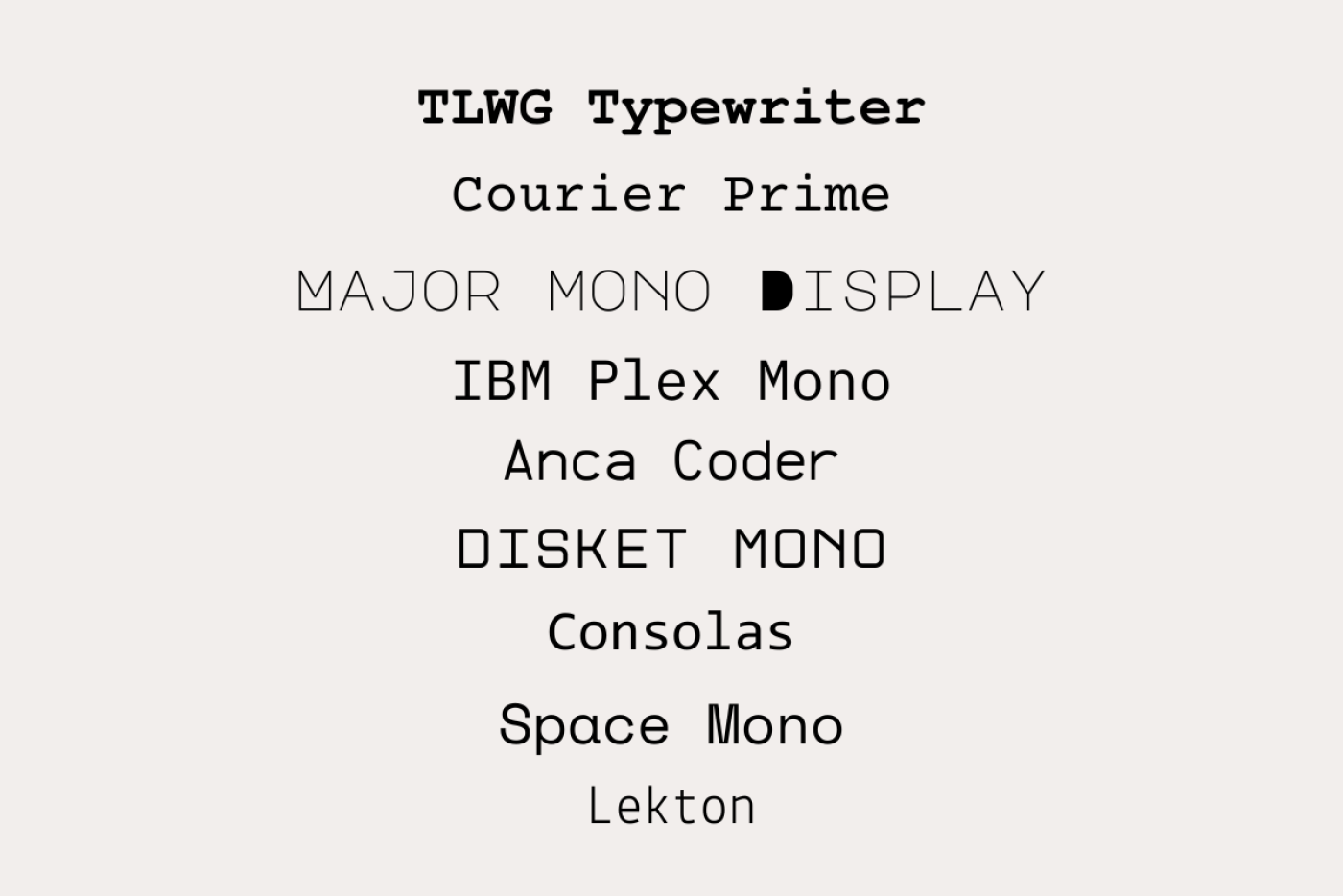
Handwritten font: Conveys a sense of friendliness and naturalness.
Handwritten fonts have a handwritten appearance, such as Dancing Script or Homemade Apple. These fonts help create a friendly and natural feeling.
Emotion and feeling: Handwritten fonts convey intimacy, privacy, and naturalness. They are often used in works that require a friendly touch, such as invitations or art-related products.
Appropriate usage: Suitable for designs that emphasize privacy, such as personal blogs or small businesses that aim to create a friendly atmosphere with customers.
Examples of popular fonts: Dancing Script, Homemade Apple, Amatic SC
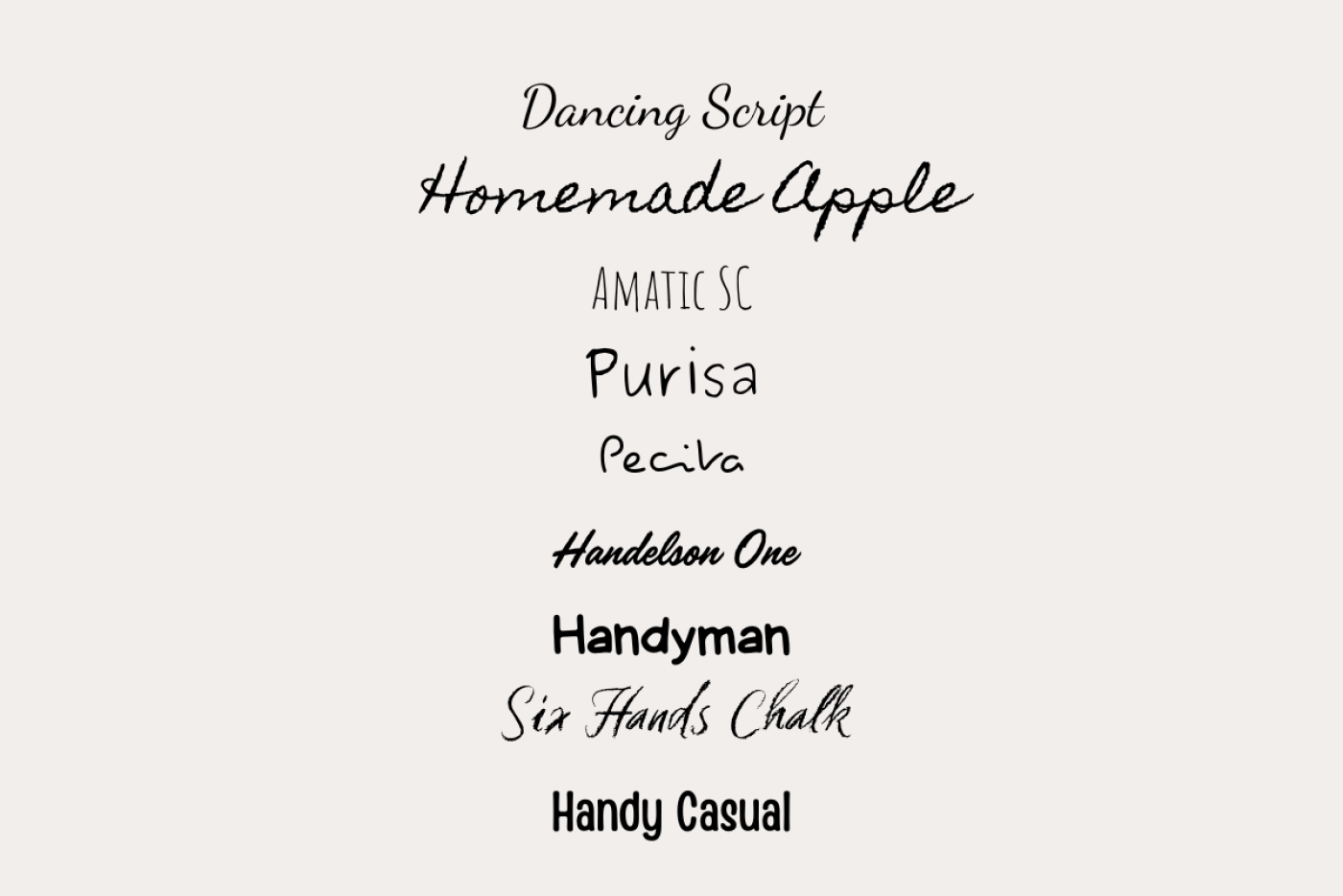
Fonts greatly affect the perception and feelings of the audience. Choosing the right font will help create an emotion and image that aligns with the content or brand you want to convey. Knowing how to use fonts that match the characteristics of your business and target audience will enhance the appeal of your content and create a better user experience for website visitors.
Leave a comment :
Recent post

2025-01-10 10:12:01

2024-05-31 03:06:49

2024-05-28 03:09:25
Tagscloud
Other interesting articles
There are many other interesting articles, try selecting them from below.

2024-01-03 11:07:20

2024-09-04 11:56:27

2024-09-04 10:49:50

2023-10-20 09:09:22

2023-09-28 05:47:28

2025-01-29 02:50:10

2023-09-05 09:25:29

2023-09-20 03:17:25

2024-03-12 03:11:39
